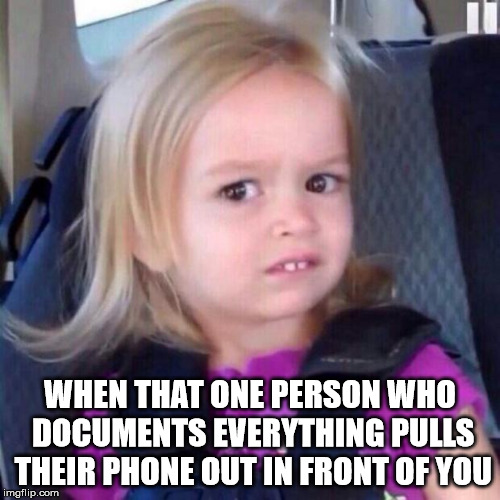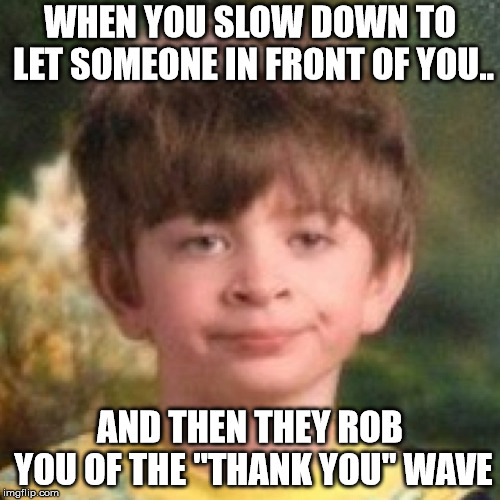A Virtual Private Network (VPN) is a service that secures your connection to the internet by assigning you another IP address and masking your real one. Then, while connected to the VPN, all of your internet traffic is sent through a secure (encrypted) tunnel that no one can gain access to. So, that means all of your internet activity is hidden from view and since your actual IP address is hidden that means no one can trace your internet activity back to you.
Usually when we connect to the internet and type a website name into a search browser, what’s happening is our computer sends a request to that website’s server directly and the website will respond by loading the page. This works fine most of the time but it can get risky if you’re doing anything related to sensitive information online. When you connect to a VPN and try to access the same website, your computer has an encrypted connection with the VPN and sends the request to the VPN then the VPN sends the request to the internet server. The VPN is similar to an old telephone/switchboard operator in the sense that they’ll do the work of getting you connected to the right place, but the place you’re connecting to doesn’t get to know your actual location and data.

This is how your computer connects from an unencrypted network, which is any WiFi or hotspot that doesn’t require a password to connect. Sniffing is a term used for when someone is monitoring your internet traffic in order to capture sensitive information.

This is the path your data takes when it’s connected to an encrypted network, which is similar to your home WiFi that requires a password to connect. The only encryption takes place from your device to the access point, then from the access point everything is sent to your Internet Service Provider, and finally to the internet servers.

Though the path your data takes when connected to a VPN service adds an extra hop in between getting you connected to the internet, it shows your data remains encrypted all the way to the VPN (because you’re using it through an app).
What I think is beneficial about VPNs is that my internet traffic/data can’t be tracked and the information being sent is encrypted, meaning if someone were to gain access to it they would see a bunch of writing that is indecipherable. Some VPNs also give you the option of choosing where you want to be seen as “connecting” from. For example, if you’ve ever been traveling outside of the country and wanted to watch a show, then you go to the website that hosts that show and get a message saying ‘this isn’t available in your country’ or something along those lines.. If you connected to a VPN and chose an IP address originating in the U.S. you could watch that show because the website will think you’re connecting from the states. For this reason, VPNs are also beneficial to people living in heavily regulated countries where the government censors information online.


There’s lots of different VPN software available that offer pretty competitive rates and different features, so you can always find one that works great for your needs. Living in today’s age where we are always connected to the internet through mobile phones, laptops, or other devices, and connect to public WiFi whenever we get a chance, using a VPN service is a good step to take for your security & privacy online.














